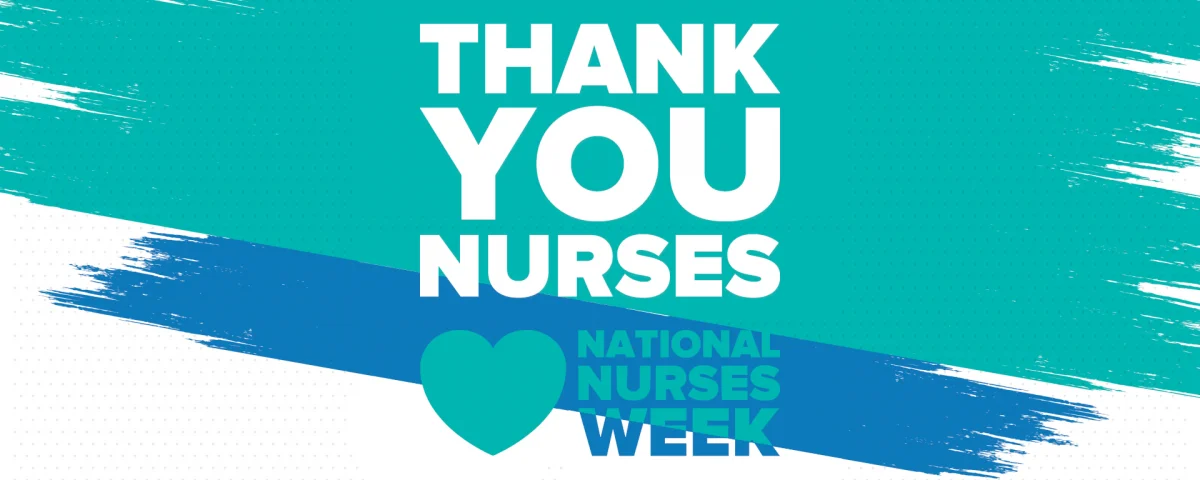Orange Public Schools
Gerald Fitzhugh, II, Ed.D., Superintendent of Schools
Language
Users
- Orange Public Schools
- Appreciation
Office of Special Education and Behavioral Intervention
Page Navigation
- Appreciation
- Special Services Homepage
- Special Education Medicaid Initiative (SEMI)
- Dynamic Learning Map Assessment Results
- SEPAG Meetings
- Parent Resources
- Autism Awareness
- Teacher Resources
- Learning Modalities
- Excective Functioning
- Co-Teaching
- Social Emotional Learning Resources
- Preventing Youth Suicide Resources
- Code of Student Conduct
- Project Child Find
- Contact Information
- Nurse's Corner
-
Guidance Department Welcome Message
- Orange Public Schools HIB Handbook
- HIB 338 Form for Families/Caregivers
- HIB 338 Form for Local Educational Agency (LEA)
- HIB Coordinators Directory
- HIB Grade
- Intervention and Referral Services
- I&RS Coordinators Directory
- Orange Public Schools 504 Handbook
- Student Code of Conduct
- Orange Public Schools Programs of Study
- Naviance: College and Career Readiness
- Common App
- H.B.C.U. Common Application
- The Common Application
- Federal Student Aid! FAFSA
- SAT Registration!
- ACT Registration!
- NJ Department of Education



